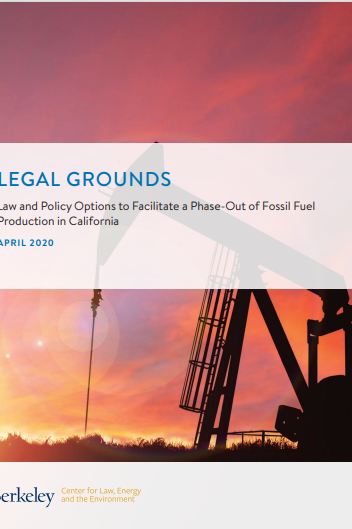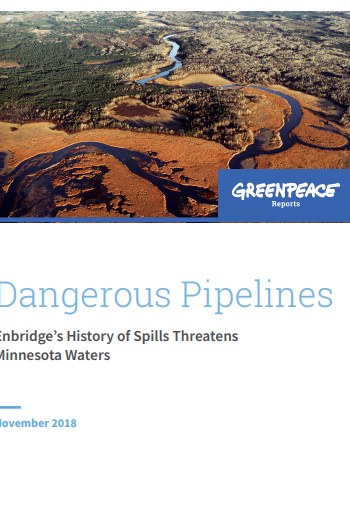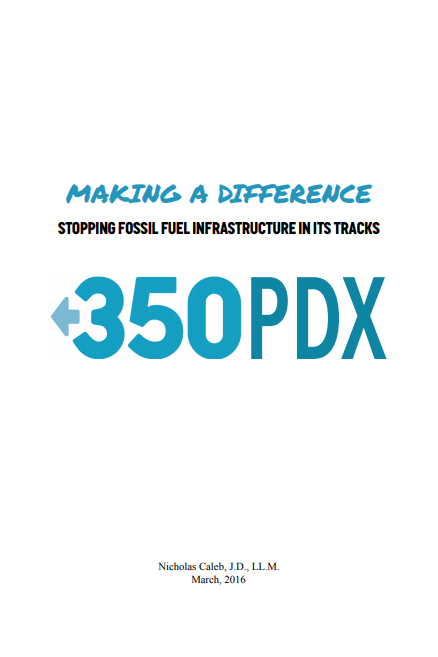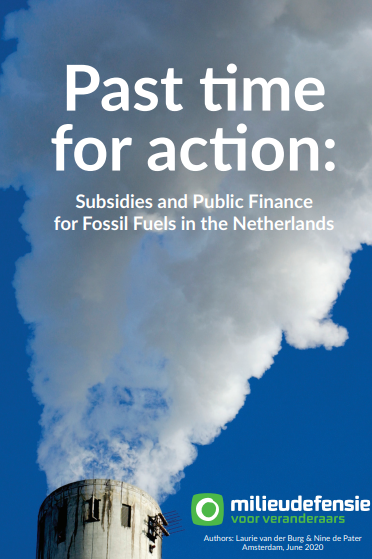Research
Regional Fossil Fuel Fights
Fossil Fuel production affects different areas of the country in different ways. Local resolutions are passed to protect the health and environmental rights of the region’s citizens. Other reports detail the impacts on specific regions as a result of fossil fuels. Each area has its own unique struggles in the face of the fossil fuel industry threat.
Legal Grounds
Berkeley Center for Law, Energy, and the Environment
California is home to a major fossil fuel production industry. The state is the seventh-largest oil producer in the United States, behind Texas, North Dakota, New Mexico, Oklahoma, Colorado, and Alaska. This industry causes significant risk to public health and the environment. As a result of these risks, particularly in low-income disadvantaged communities, many advocates and policymakers seek ways to enhance regulation of, reduce, and eventually phase out oil and gas production in California. Given the stakes for policymakers and the public, this report seeks to outline steps California leaders could pursue on the state- and privately-owned lands over which the state has primary jurisdiction. What legal, regulatory, and policy tools are available to achieve this reduction and improve protection of public health and the environment? What authority does California’s governor have to limit oil and gas production to meet state climate goals, short of a ban on the activity? What new or expanded authority could the state legislature create? And how might existing law, regulation, or local government powers affect the state’s authority? This report addresses those questions and offers recommendations for decision makers seeking to bolster environmental protections and reduce fossil fuel production in California.
Key Findings:
- There are approximately 84,000 oil and gas wells in California, primarily in Kern County. Between February 2019 and February 2020, CalGEM approved over 2,000 new wells.
- California legislators could amend CalGEM’s core supervisory authority in the oil and gas provisions of the Public Resources Code to expressly require CalGEM to prioritize environmental protection concerns.
- Instituting a statewide minimum setback distance could protect sensitive populations and ecosystems while discouraging some of the least economic, most energy-intensive drilling.
- Many more fossil fuel resources remain in the ground: California still has proven (i.e. geologically known and economically recoverable) reserves of approximately 2 billion barrels of oil and 1.5 trillion cubic feet of natural gas.
Dangerous Pipelines
Greenpeace
Data from the U.S. Pipeline and Hazardous Material Safety Administration (PHMSA) shows that the U.S. portion of the pipeline network owned by Enbridge and its joint ventures and subsidiaries suffered 307 hazardous liquids incidents from 2002 to August 2018 — around one spill every 20 days on average. There is no comparable national data set in Canada or a consistent format for data collection or release. The National Energy Board regulates inter-provincial pipelines and provincial agencies regulate pipelines that don’t cross a provincial boundary. This report maps these 307 incidents, spread across numerous U.S. states where Enbridge operates.
Key Findings:
- From 2002 to present, Enbridge and its joint ventures and subsidiaries reported 307 hazardous liquids incidents to federal regulators — one incident every 20 days on average. These spills released a total of 66,059 barrels (2.8 million gallons, or more than four Olympic-sized swimming pools) of hazardous liquids.
- Thirty Enbridge incidents were reported to contaminate water resources, including 17 which contaminated groundwater.
- The disastrous 2010 spill of 20,000 barrels (840,000 gallons) of tar sands into the Kalamazoo River in Michigan is Enbridge’s largest during this time period, and 42 other incidents were larger than 2,100 gallons (50 barrels).
- Line 3 was also the source of the largest inland oil spill in the U.S. on March 3, 1991 when 40,000 barrels (1,680,000 gallons) spilled in Grand Rapids, Minnesota.
- Incidents have been reported from both old and new pipelines and equipment. Data on the age and cause of failure for these incidents show that new pipelines are not free from harmful incidents. Given the long proposed lifetimes of these projects, new pipelines eventually turn into old ones.
Sea Change
Oil Change International; Friends of the Earth Scotland; Platform
This report shows that a well-managed energy transformation based on Just Transition principles can meet UK climate commitments while protecting livelihoods and economic well-being, provided that the right policies are adopted, and that the affected workers, trade unions and communities are able to effectively guide these policies.
Key Findings:
- The UK’s 5.7 billion barrels of oil and gas in already-operating oil and gas fields will exceed the UK’s share in relation to Paris climate goals – whereas industry and government aim to extract 20 billion barrels.
- Recent subsidies for oil and gas extraction will add twice as much carbon to the atmosphere as the phase-out of coal power saves.
- Given the right policies, job creation in clean energy industries will exceed affected oil and gas jobs more than threefold.
Key Recommendations:
- Stop issuing licenses and permits for new oil and gas exploration and development, and revoke undeveloped licenses. Rapidly phase out all subsidies for oil and gas extraction, including tax breaks, and redirect them to fund a Just Transition.
- Enable rapid building of the clean energy industry through fiscal and policy support to at least the extent they have provided to the oil industry, including inward investment in affected regions and communities.
- Open formal consultations with trade unions to develop and implement a Just Transition strategy for oil-dependent regions and communities.
Making a Difference: Stopping Fossil Fuel Infrastructure in its Tracks.
350PDX
Now more than ever, the nexus of response to the crisis of climate change is at the local level. With the lack of leadership, indeed the outright hostility, by the federal government toward fighting the effects of global warming, it is essential that cities and states be bold and decisive in combating the fossil fuel industry so that we might ensure the continuity of life on our planet.
One important way cities and states can act is to focus efforts on stopping the proliferation of fossil fuel infrastructure, or keeping fossils fuels in the ground. “No new fossil fuel infrastructure” is the right rally cry for this moment in history, says activist and writer Bill McKibben.
Key Takeaways:
- For the fossil fuel economy to function, fossil fuel infrastructure to extract, transport, store, and combust fossil fuels must be built and maintained. In addition to driving climate change, every fossil fuel infrastructure project poses localized risks and environmental hazards.
- Local governments have significant power to regulate fossil fuel infrastructure in order to protect the health, safety, and welfare of their residents. This power is constitutionally recognized as a fundamental aspect of local governance. For example, the Supreme Court of the United States has recognized the power to regulate land use as a police power entrusted to local government. In many states, this local power is enhanced through home-rule authority embedded in state constitutions.
- Creating coalitions with diverse political and strategic perspectives is a very effective means of fighting fossil fuel infrastructure projects. Successful campaigns should include direct action, community organizing, and creative policy development.
Past Time For Action
Oil Change International & Friends of the Earth Netherlands
To meet its climate goals, the Netherlands will need to rapidly reduce emissions and transition from a primarily fossil fuel based energy system (fossil fuels make up 90% of primary energy in the Netherlands) to a renewable energy system. To this end, the Dutch government will need to redirect financial flows from fossil fuels to climate action. The government has committed to do so under the Paris Agreement, which includes the objective of “[m]aking finance flows consistent with a pathway towards low greenhouse gas emissions and climate-resilient development” (Article 2.1.c.). In the current context of the corona crisis it is especially important that the government follows through on these commitments as well as on its plans to introduce a carbon tax. These measures are particularly important for maintaining the competitiveness of renewables in this time of low oil prices and to provide the regulatory certainty needed for sustained investments in the clean and green industries that can deliver the jobs needed for recovery from this crisis. This can also provide the funds needed to respond to the corona crisis and its impacts and to support those affected by it, including those working in the fossil fuel industry.
Key Findings:
- Between 2016 and 2020, the Netherlands provided an average of 4.9 billion euros in fossil fuel subsidies each year.
- The sum of the various forms of financial support to the fossil fuel industry, including subsidies, public finance and state-owned enterprise (SOE) investment described in this report, amounted to an average of 8.3 billion euros per year between 2016 and 2020.
- Ending the 4.9 billion euros in fossil fuel subsidies can achieve a reduction in the Netherlands’ greenhouse gas emissions of 7.5% by 2030.





